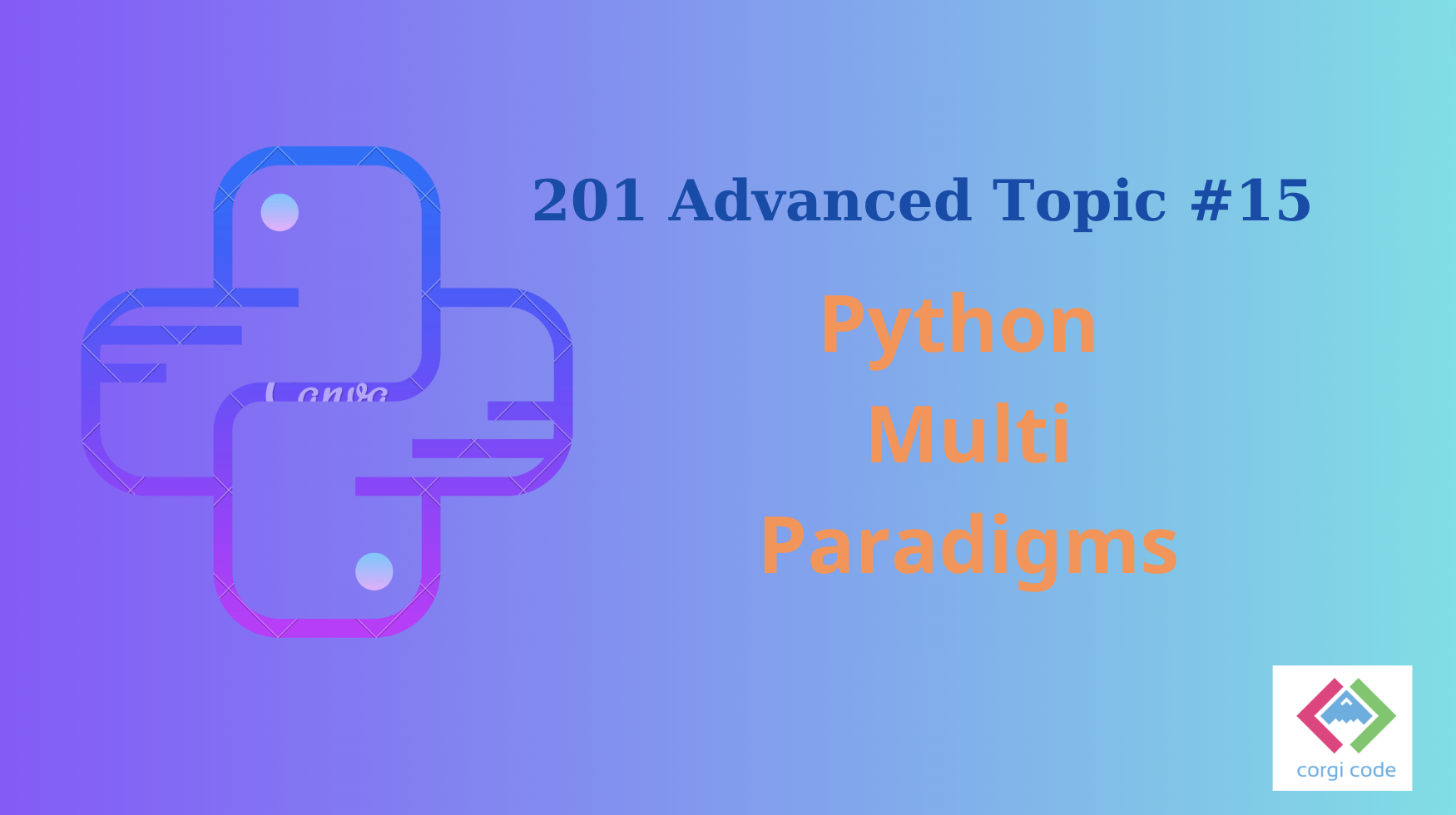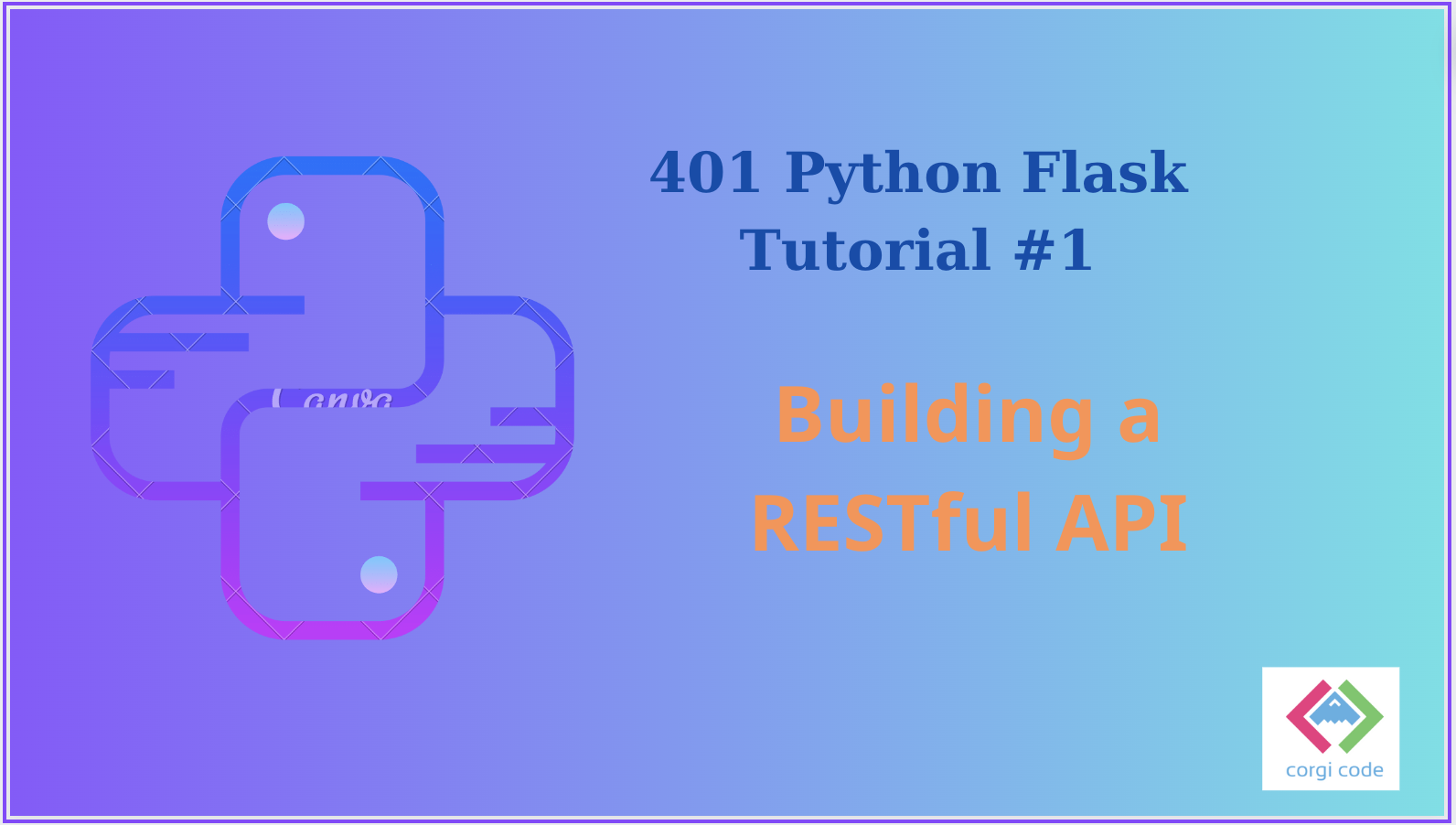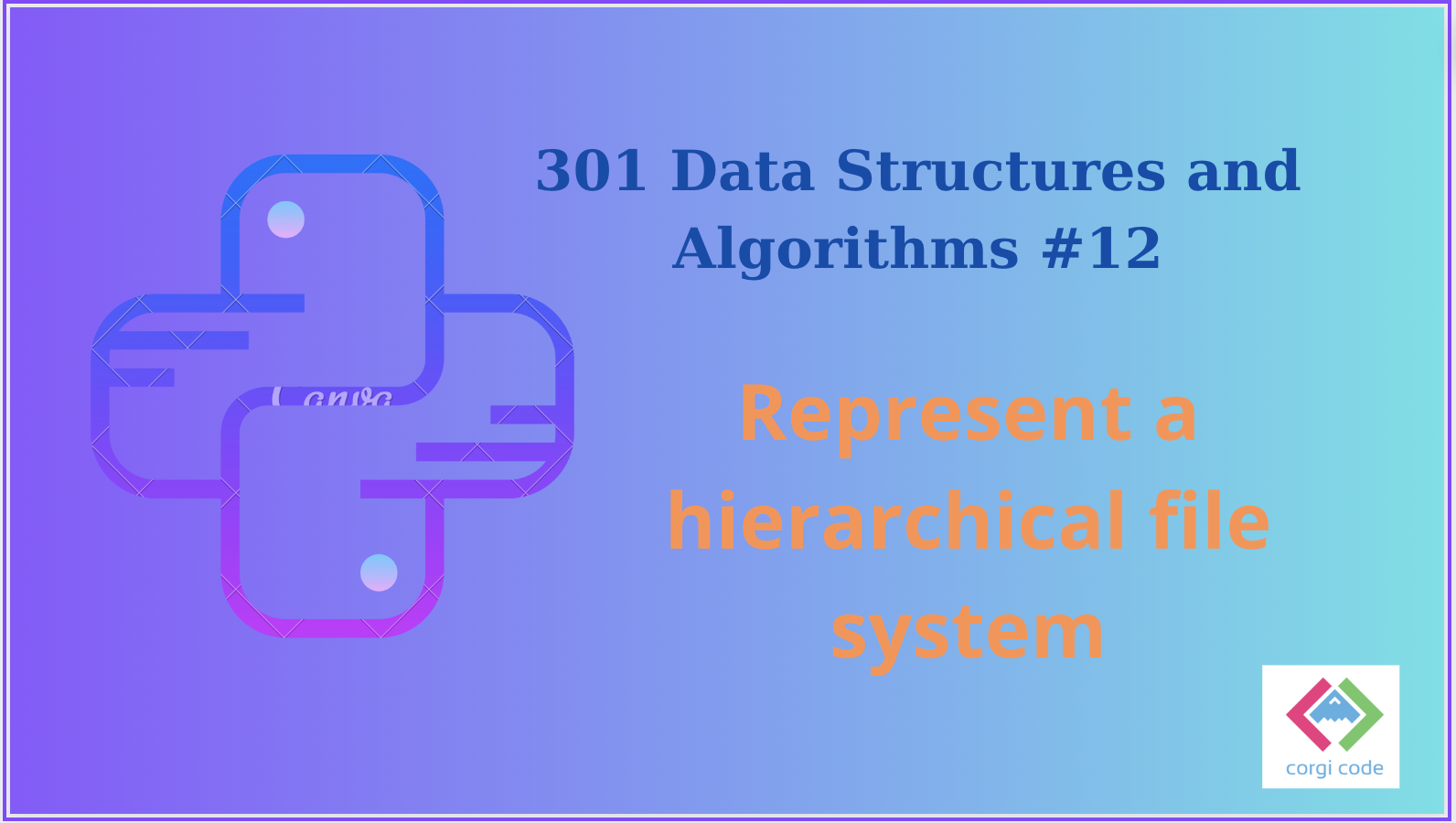Python is a multi-paradigm programming language, meaning that it supports multiple programming paradigms, including imperative, procedural, object-oriented, and functional programming. This gives Python programmers the power and flexibility to choose the best paradigm for the problem they are trying to solve.
- Imperative programming: This paradigm focuses on telling the computer what to do, step by step. Python supports imperative programming with features such as variables, loops, and control structures.
- Object-oriented programming (OOP): This paradigm is based on the idea of objects and their interactions. Python supports OOP with features such as classes, inheritance, and polymorphism.
- Functional programming: This paradigm is based on the idea of functions as first-class citizens, and it emphasizes the use of pure functions and immutable data. Python supports functional programming with features such as higher-order functions, lambda expressions, and generators.
- Aspect-oriented programming: This paradigm is based on the idea of separating cross-cutting concerns from the main functionality of a program. Python does not have built-in support for aspect-oriented programming, but it can be achieved using libraries or language extensions.
Python’s support for multiple paradigms makes it a versatile and flexible language, and it allows developers to choose the paradigm that best fits their needs.
Imperative Programming
Imperative programming is the oldest and most common programming paradigm. It focuses on describing how a program operates, step by step.
Python supports imperative programming through its control flow statements, such as if, else, for, and while loops. These statements allow programmers to control the order in which instructions are executed.
For example, the following Python code snippet uses imperative programming to print the even numbers from 1 to 10:
for i in range(1, 11):
if i % 2 == 0:
print(i)output
2
4
6
8
10Procedural Programming
Procedural programming is a programming paradigm that focuses on breaking down a problem into smaller, more manageable tasks. These tasks are then implemented as procedures, which are reusable blocks of code.
Python supports procedural programming through its functions. Functions allow programmers to group together related code and reuse it throughout their program.
For example, the following Python code snippet uses procedural programming to define a function for calculating the factorial of a number:
def factorial(n):
if n == 0:
return 1
else:
return n * factorial(n - 1)This function can then be reused throughout the program, as shown in the following code snippet:
print(factorial(5))
# Output
# 120Object-Oriented Programming
Object-oriented programming (OOP) is a programming paradigm that focuses on creating and manipulating objects. Objects are self-contained entities that contain both data and code.
Python supports OOP through its classes and objects. Classes allow programmers to define blueprints for objects, while objects are instances of classes.
For example, the following Python code snippet defines a class called Circle and creates an object from the class:
class Circle:
def __init__(self, radius):
self.radius = radius
def calculate_area(self):
return 3.14 * self.radius ** 2
circle = Circle(5)The Circle class has a constructor (__init__) that takes the radius of the circle as a parameter. The class also has a method (calculate_area) that calculates the area of the circle.
The circle object is an instance of the Circle class. It has a radius attribute, which is set to 5.
Functional Programming
Functional programming is a programming paradigm that focuses on using functions to solve problems. Functional programming languages, such as Haskell and Lisp, are designed to make it easy to write and use functions.
Python supports functional programming through its first-class functions and higher-order functions. First-class functions can be assigned to variables, passed to functions, and returned from functions. Higher-order functions can take functions as arguments and return functions as results.
For example, the following Python code snippet uses functional programming to filter a list of numbers to only include the even numbers:
def is_even(n):
return n % 2 == 0
even_numbers = list(filter(is_even, range(1, 11)))The filter() function takes two arguments: a predicate function and a sequence. The predicate function is applied to each element in the sequence, and the elements that return True are included in the new sequence.
In this example, the filter() function is used to filter the list of numbers range(1, 11) using the predicate function is_even(). The new list even_numbers will only contain the even numbers from 1 to 10.
The Power and Flexibility of Python’s Multi-Paradigm Approach to Programming
Python’s multi-paradigm approach to programming gives programmers the power and flexibility to choose the best paradigm for the problem they are trying to solve. This can make it easier to write code that is efficient, maintainable, and readable.
For example, if you are writing code to solve a problem that can be broken down into a series of steps, you can use imperative programming. If you are writing code to solve a problem that can be broken down into smaller tasks, you can use procedural programming. If you are writing code to solve a problem by creating and manipulating objects, you can use object-oriented programming. If you are writing code to solve a problem by using functions, you can use functional programming.





